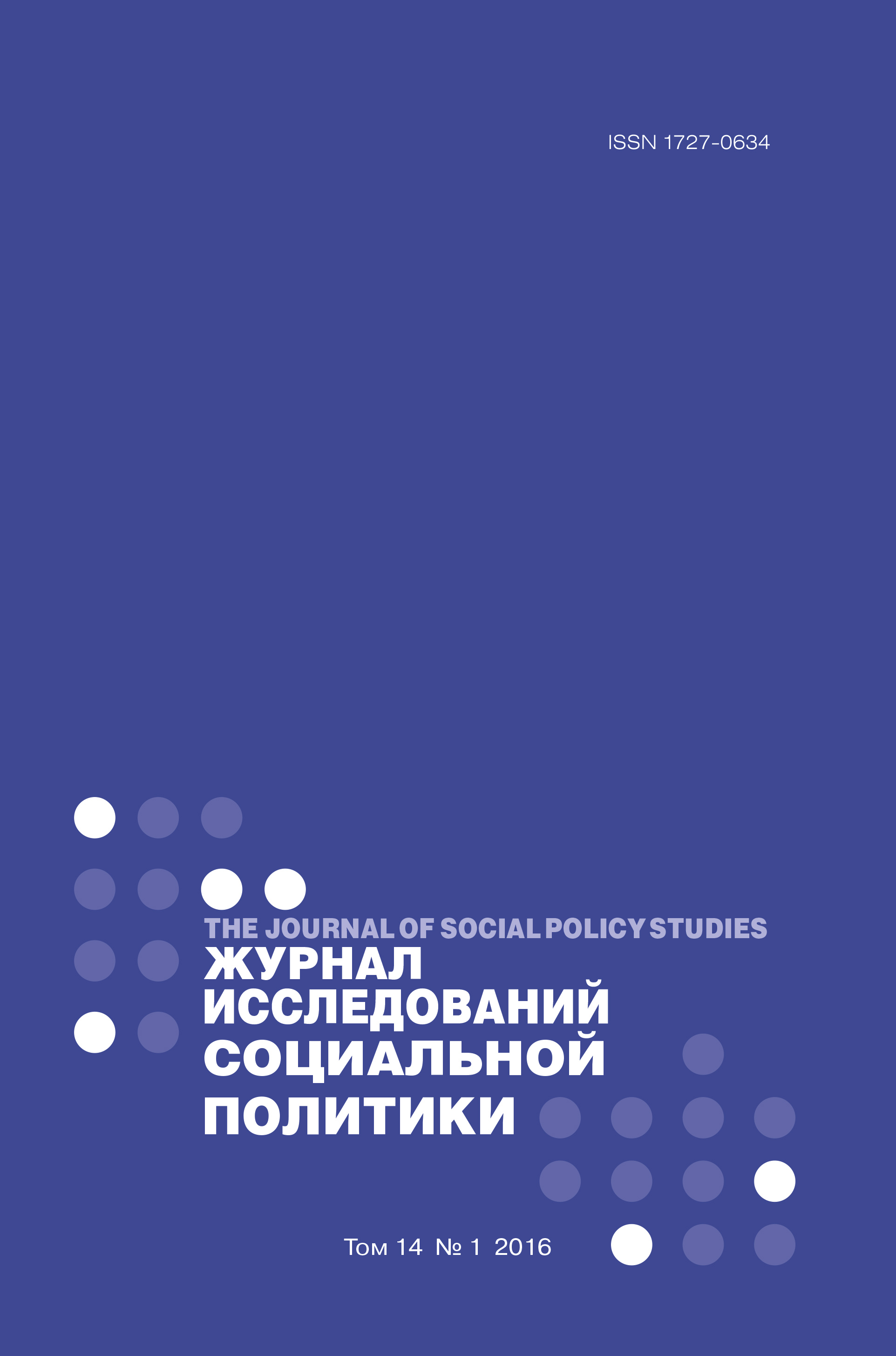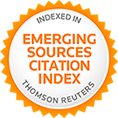Aspcets of LGBT-Related Discourse in the Russian Media Today: The Case of Discussions Provoked by Regulations on Sexualityin Russia
Keywords:
discourse, mass media, LGBT, regulation of sexuality, stigmatisation, victimisation
Abstract
This article analyses the features of LGBT-related discourse in the Russian media in the period covering 2012 to 2014. The aim of the study is to reveal the relationship between socio-political reality and categorical application of the language in Russian mass media coverage of LGBT-related issues. Nowadays the civil status of LGBT communities is topic of serious discussion in different societies across the world. Homosexuality has become a matter subject to administrative and legal regulation in Russia. Control over sexuality is exerted not only by law, but also through meanings that are produced and distributed in the public sphere. The study of discourse allows us to understand how relationships of social dominance are realised and particular normative practices become fixed. Discursive practices forming around the phenomena of sexuality and homosexuality in particular are determined by their cultural and historical contexts. The main research question is to define the structure of this discourse in Russian media, especially within the context of these discussions on legal regulations. In this study, the stigmatised and victimised discursive elements are defined, the latter of which is related to the view to LGBT as a social minority that has emerged in the 20th century. Victimised discursive elements have gradually moved discussions about the LGBT community away from that of stigmatisation. However the concept of "minority" on its own does not stop the stigmatisation of this group. This study focuses on publications in Russian online media over the period of 2012 to 2014. This particular period is characterised by a large number of news stories instigating debates regarding the LGBT-related issues. Discourse analysis and content analysis have been employed as the primary research methods. The idea is to look into the basic elements of a language’s lexicon, trace how meanings are produced on the nominative level and incorporate them into the wider discursive context. This analysis has demonstrated that the structure of the discursive model employed for sexual minorities is complex and controversial, since it is a result of mixing notions of the LGBT community that present them as stigmatised and victimised.Downloads
Download data is not yet available.
Published
2016-03-15
How to Cite
ПронкинаЕ. С. (2016). Aspcets of LGBT-Related Discourse in the Russian Media Today: The Case of Discussions Provoked by Regulations on Sexualityin Russia. The Journal of Social Policy Studies, 14(1), 71-86. Retrieved from https://jsps.hse.ru/article/view/3288
Section
ARTICLES IN RUSSIAN















